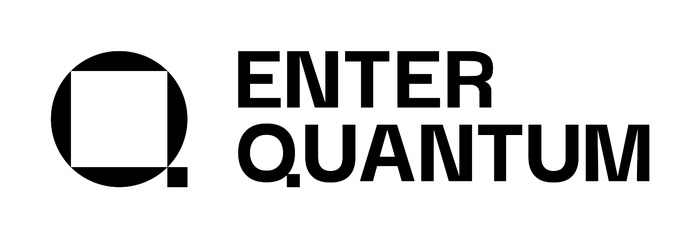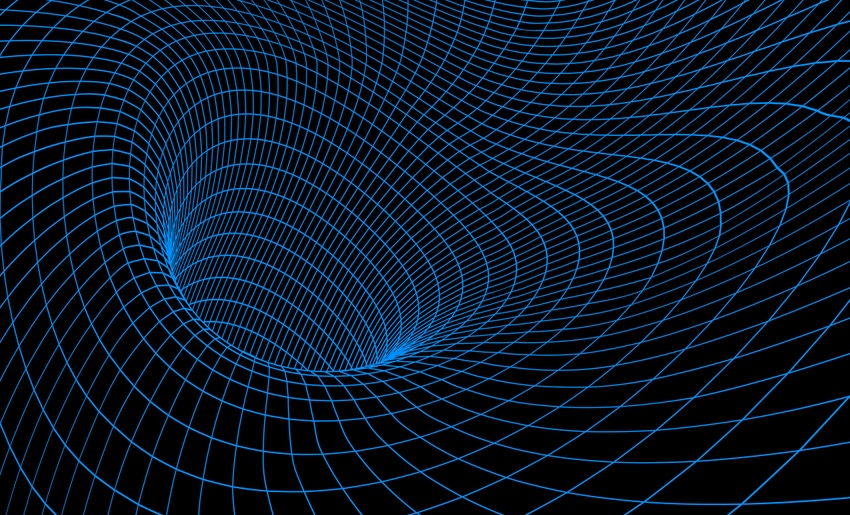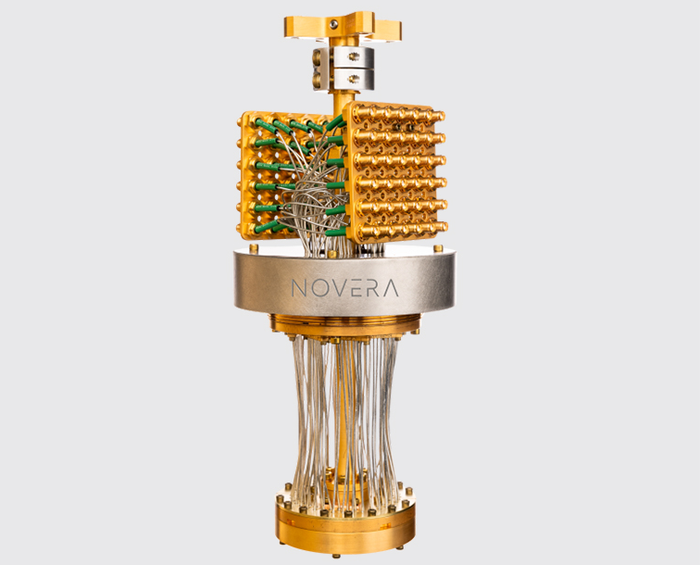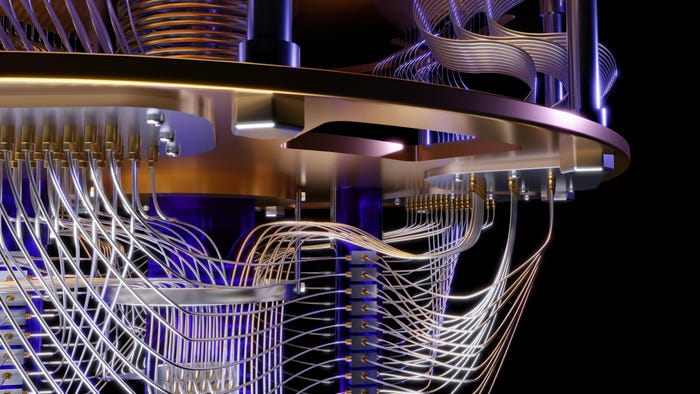
Connects decision-makers and solutions creators to what's next in quantum computing
Researchers use Google’s Sycamore quantum processor to emulate the effect of teleportation

To science fiction fans, a wormhole represents a tunnel to instantly travel between points in space, time or even between universes.
To physicists, they are a speculative structure linking places in space and time, based on Einstein’s 1915 theory of general relativity, but solid objects cannot travel through them.
Researchers at Harvard University now are one step closer to exploring the dynamics of wormholes after using a quantum computer to model one type of wormhole (a gravitational wormhole) and send quantum signals through it.
The research, published this week in the science journal Nature, involved creating a “holographic” wormhole. In this context, holographic means a way of simplifying physics problems rather than its more conventional sense.
While solid objects cannot travel through wormholes, there is a theory that exotic matter – hypothetical particles that break the laws of conventional physics, for example by having negative mass – could create and pass through a wormhole.
The quantum property of entanglement – when the state of one entangled particle simultaneously changes as its entangled partner does – emulates sending a particle instantaneously through a gravitational wormhole.
This means a quantum computer was the ideal environment in which to run the experiment.
The researchers used Google’s 53-qubit Sycamore quantum processor. The teleportation effect of the entangled qubits represented the qubit traveling through the wormhole.
“We performed a kind of quantum teleportation equivalent to a traversable wormhole in the gravity picture,” said Alexander Zlokapa, who worked on the project as an undergraduate.
“We had to simplify the quantum system to the smallest example that preserves gravitational characteristics so we could implement it on the Sycamore quantum processor at Google.”
Maria Spiropulu, principal investigator for the U.S. Department of Energy Office of Science’s research program was one of the study authors.
She said in a statement: “We found a quantum system that exhibits key properties of a gravitational wormhole yet is sufficiently small to implement on today's quantum hardware. This work constitutes a step toward a larger program of testing quantum gravity physics using a quantum computer."
Further experiments using the system could suggest a way to study quantum gravity – the missing link between quantum physics and Einstein's general relativity – in the lab.
About the Author(s)
You May Also Like
.png?width=100&auto=webp&quality=80&disable=upscale)
.png?width=400&auto=webp&quality=80&disable=upscale)




